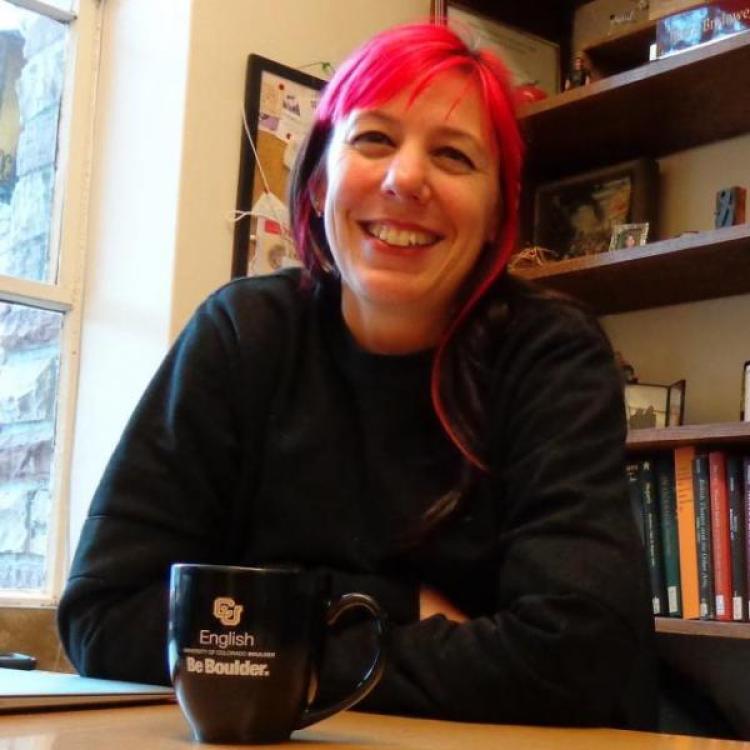Media in Practice: The Art Museum as Humanities Classroom

Humanities classes are often taught in a lecture/discussion format. This redesign replaces that format with project-based components that engage active student participation by asking them to collaboratively produce a public exhibit. In this portfolio, I show how humanities undergraduates of all levels worked together to design a media-focused exhibit for an audience outside the classroom and university. Students in Introduction to Media Theory in the Humanities created an exhibit they titled Narrative Im[press]ions: 200 Years of Printed Illustrations for the Colorado University Art Museum, a free-admission public museum located on the campus of the University of Colorado at Boulder. Co-teaching with the library and museum staff modeled the technological, research and collaborative interactions expected of students. I designed assessment tools that took me almost entirely out of the role of student evaluator. In addition to peer and self-evolutions, students designed their own assessment for the finished exhibit, which assessed by a jury consisting of the CU community outside the classroom.
Background
This portfolio consists of four sections. The Background contains a description of the course as it was traditionally conceived as well as my plan for the project-based redesign. It contains a statement of my goals for the course and the particular project (an exhibit at a public museum) that this portfolio addresses. It is important to note that this portfolio is not so much about a course as it is a particular project that is transportable to other humanities courses. To that end, I aim in my future research to answer a series of questions, the answers to which could offer a research-based rationale for a pedagogy of practice-based humanities classes.
Implementation
Implementation provides a detailed account of the project and rationale. It also offers a rationale for instructors of record staying out of course assessment. For this course, I implemented alternative assessment strategies, including self-assessments, peer assessments, group-dynamic assessments, and student-authored assessments administered by a jury of university officials. I also include a list of my forms of data collection and a brief statement about student objections to this method.
Student Work
Student Work contains some photos of the finished exhibit as well as a sample of the exhibit labels in an early and a late form. These labels went through many drafts. All of the work for this project was co-authored and edited by multiple students. The labels, because of the institutional requirements of CUAM, were also edited by the instructors and museum staff members. This section also details a longer piece of supplementary writing that students co-authored with little intervention. Currently those pieces are with the exhibit. Once they are available, I will work more extensively with them.
Reflections
Finally, I have written a short essay on my overall impressions of this project and its value (both to the students and to me) in the Reflections section.

